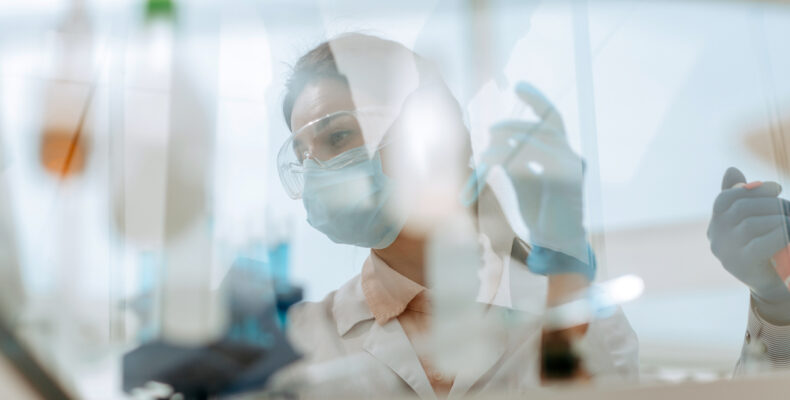
Why the EPO’s Enlarged Board of Appeal’s decision in G2/21 will impact inventions relating to life sciences and chemistry
The European Patent Office’s (EPO) Enlarged Board of Appeal’s decision in G2/21 primarily relates to when data that only becomes available after a patent application has been filed – commonly called ‘post-published data’ – can be used to show that an invention in the application has a technical effect.
The EPO has developed a reputation for being convinced that an invention has an inventive step by submitting data to show that the invention has a technical effect. So this decision has important ramifications for inventions in fields such as life sciences and chemistry, where the additional data can be submitted to convince examiners that an invention has an inventive step.
Technical effect
The issue comes where there is not quite enough evidence in the application to show that the technical effect is an improvement over what was known before; in other words, the prior art. This isn’t necessarily a fault of the applicant. Sometimes the applicant isn’t aware of the relevant prior art document before they file their patent application. Therefore, sometimes applicants can only gather the necessary data to show that their invention has a technical effect over the prior art after the filing date.
This decision of the EPO’s Enlarged Board of Appeal held that a technical effect can be relied upon for inventive step if the skilled person, having the common general knowledge in mind, and based on the application as originally filed, would derive said effect as being encompassed by the technical teaching and embodied by the same originally disclosed invention.
Ultimately, the decision comes back to the fundamental principles behind the patent system: that an inventor will be able to control the use of an invention for a period of time where they contribute new and non-obvious new information to humankind. The assessment of the contribution by an inventor and whether the invention is novel and non-obvious is made through the eyes of the skilled person and on the date the application was filed.
Plausibility
The decision touched on previous case law that has considered whether there is enough data to show that a technical effect is plausible. However, the Enlarged Board of Appeal distinguished that ‘plausibility’ is not a distinct condition of patentability and patent validity, but a criterion for the reliance on a purported technical effect. The Enlarged Board reinforced the importance of considering what the skilled person understands at the filing date from the application as originally filed as the technical teaching of the claimed invention.
Second medical use claims
Second medical use claims, which require a technical effect as a limiting claim feature, were also considered by the decision. For such claims data to show that the technical effect can be achieved throughout the claim scope is an additional requirement for sufficient disclosure as well as inventive step. The Enlarged Board held that proof of a claimed therapeutic effect has to be provided in the application as filed. The key factor is whether or not the skilled person would consider it credible that the therapeutic effect is achieved. A lack in this respect cannot be remedied by post-published evidence.
Free evaluation of evidence
Finally, the Enlarged Board of Appeal also looked at whether the principle of free evaluation of evidence applies to proceedings before the EPO. They held that the principle of free evaluation of evidence is a universally applicable principle at the EPO. Therefore, it was concluded that evidence submitted to prove that the claims have a technical effect may not be disregarded solely on the ground that the evidence had not been public before the filing date of the patent in suit and was filed after that date.
Conclusions
Overall, this decision provides some useful clarification on how post-filed data can be used to prove a technical effect. However, the decision leaves a reasonable amount of wiggle room for Boards of Appeal to interpret the conclusions and apply them as necessary to the facts of each case. It will therefore be interesting to follow the future decisions that are made on the basis of this decision.
This decision provides another reminder of the importance of including enough rationale and/or data to show that a technical effect is credible when a patent application is filed.
If you would like to continue the conversation, please contact the author or your usual Barker Brettell attorney.



